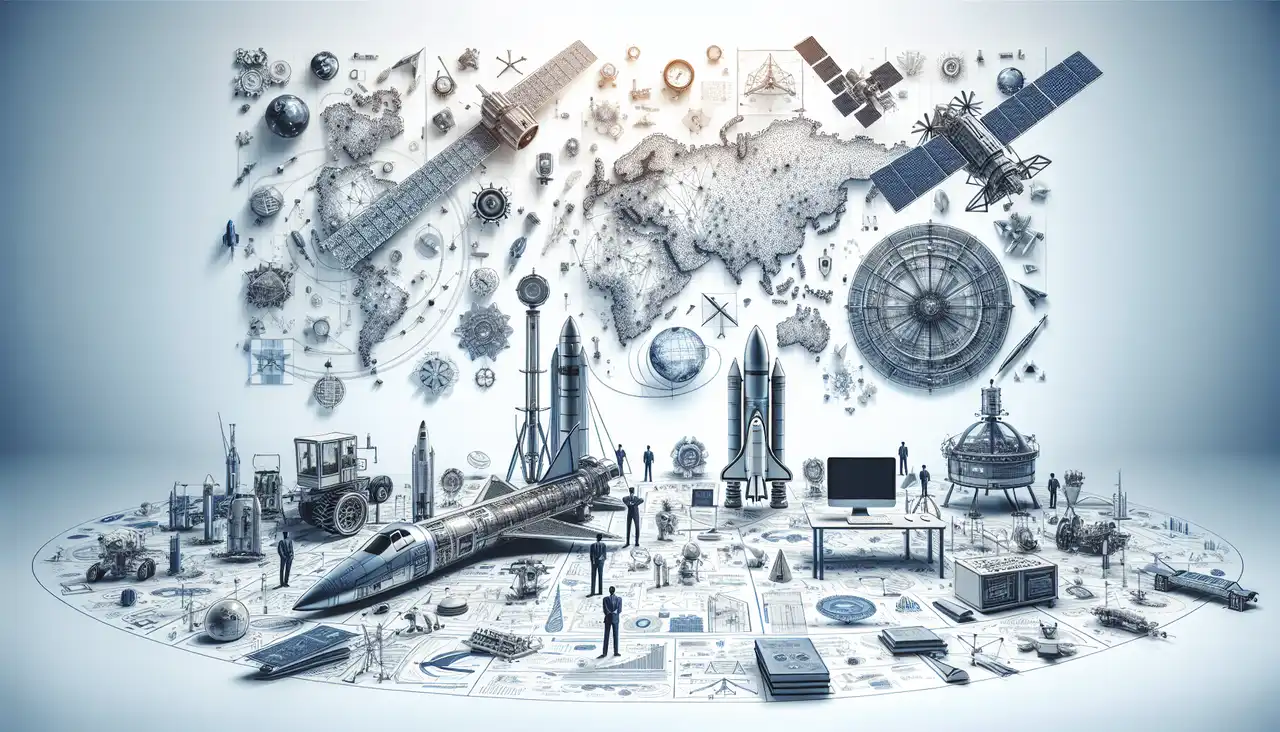

Charles E. Tinney
Dr. Charles E. Tinney is expanding horizons in the field of aerospace engineering as a Research Scientist at the University of Texas at Austin's Applied Research Laboratories. With a profound expertise in jet aeroacoustics, rocket noise, aeroelasticity, and rotor noise, Dr. Tinney has established himself as a leading figure in his domain. His research is pivotal in advancing our understanding of noise generation and control in aerospace applications, contributing significantly to the development of quieter and more efficient aircraft and spacecraft. Before joining the University of Texas at Austin in 2008, Dr. Tinney enriched his academic and research experience through various esteemed positions. He served as a Visiting Assistant Professor at the University of Florida, where he was involved in cutting-edge research and teaching in aerospace engineering. Additionally, his tenure as a Post-Doctoral Fellow at the Laboratoire d'Etudes Aerodynamique in France allowed him to delve into advanced aerodynamic studies, further honing his expertise. Dr. Tinney's contributions to the field have not gone unnoticed. He is recognized as an Associate Fellow of the American Institute of Aeronautics and Astronautics, a testament to his significant impact and leadership in aerospace research. Furthermore, his role as an Associate Editor for the Journal of the American Helicopter Society underscores his commitment to advancing scholarly communication and knowledge dissemination in the field. His research interests are deeply rooted in understanding and mitigating the complex noise phenomena associated with jets, rockets, and rotors. By exploring the intricate dynamics of aeroelasticity, Dr. Tinney aims to enhance the performance and safety of aerospace vehicles. His work is instrumental in addressing the challenges of noise pollution and improving the acoustic environment of both military and commercial aviation sectors. Dr. Tinney's dedication to research and education continues to inspire the next generation of aerospace engineers. Through his work, he not only contributes to the scientific community but also plays a crucial role in shaping the future of aerospace technology. His ongoing projects and collaborations reflect his unwavering commitment to pushing the boundaries of what is possible in aerospace engineering.
Publications
, 1-14, 2017-05-09
, 2022-2034, 2023-05-01
, A176-A176, 2021-10-01